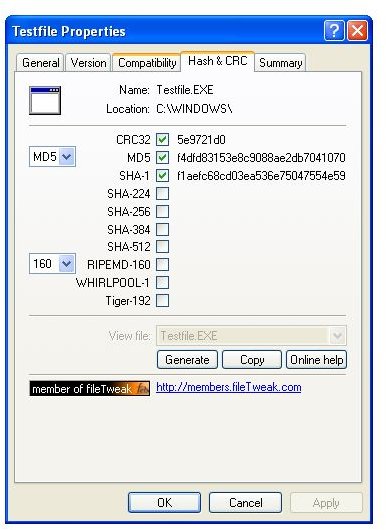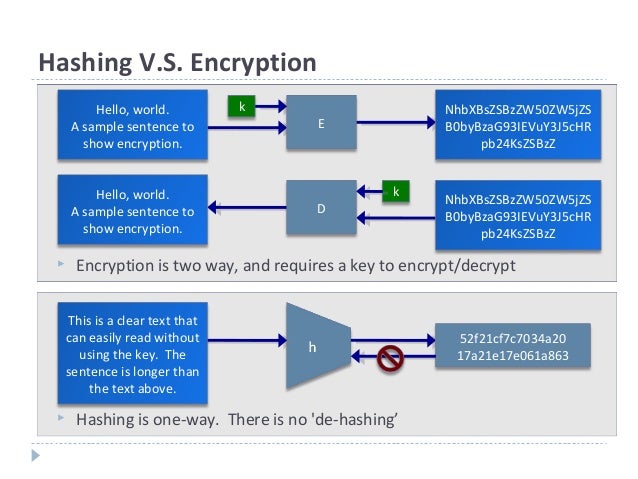

Thus, the exclusive-OR operation generates a non-zero remainder: 1101001110110 1 100 <- input with check valueĠ0000000000000 011 <- remainder 4. A checksum can be viewed as a special kind of hash function. Let’s now take an example where the received data has some transmission error and one bit has flipped.

The remainder value 0 indicates the received data is correct and can be accepted. The remainder should equal zero if there are no detectable errors. In principle you can use any hashing algorithm for checksums, but above all you want to avoid any with proven hash collisions (e.g MD5).
Checksum vs hash code#
SHA-1: a strategy that generates a 160-bit hash code that we can use for checksumming.The validity of a received message can easily be verified by performing the above calculation again, this time with the check value added instead of zeroes. While they are similar, a checksum is used for verifying integrity of data, while a hash is used to create a unique digital fingerprint of data.MD5 : an algorithm that computes 128-bit hash codes appropriate to check data integrity.The following image depicts the process of checking the integrity of a file through checksum:įinally, we can use several hashing algorithms to implement checksumming processes, such as: Since the same checksumming process can be executed many times in, for instance, the same data transmission through the network, the algorithms should be fast to compute and compare the hash codes. We can employ checksums in multiple contexts, from the most traditional integrity check of stored data to error detection in networking transmissions and as part of a digital signature. For instance, if we calculate the checksum for a bunch of data, change a single bit in the data, and recalculate the checksum, the results should be different.

In this way, good hashing functions to checksums must be able to change their generated hash code given minimal changes in the input data. If the fingerprints (checksums) match, we can say with high reliability that the data integrity is not compromised. Thus, once provided the original data, we can take its fingerprint and compare it to an also provided one. We can understand checksums as a fingerprint of some data. No, theres nothing about a CRC that makes it a better checksum, unless perhaps your noise source is a small number of bit flips. Hash Codes (General Uses)Ĭhecksums are also hash codes. But, different from the use cases discussed in the last section, checksums are mainly focused on checking data integrity. So, we’ll investigate hashes as integrity functions in a section dedicated to checksums. Next, we’ll concentrate on studying hashes as data structures and cryptographic strategies. Checksum : integrity-based hashing functions that aim to verify if a given data is the same as the one that generated a provided hash code.Cryptographic Hash : security-based hashing functions which make it almost impossible to reverse a code to the original data (the one-way characteristic is pretty relevant here).Hash Table : a structure tailored for fast searching stored data.Many of these websites even provide hash checksums for the programs they supply and, were you to check these against the fake program, they would match.
Checksum vs hash software#
For example, fake websites exist which distribute malicious versions of popular open source software such as KeePass.
Checksum vs hash verification#
Among the most popular facets of hashing are: Hash checks provide no guarantee as to the source of the hash checksum. File verification is the process of using an algorithm for verifying the integrity of a computer file, usually by checksum.This can be done by comparing two files bit-by-bit, but requires two copies of the same file, and may miss systematic corruptions which might occur to both files. The presented characteristics of hashing methods made them suitable to tackle several challenges. However, they can not generate the original data from a hash code. It means that hashing is a one-way process: they generate a code for a given data. The following image depicts, in a high level of abstraction, the process of creating hash codes:įurthermore, it is relevant to highlight that hash codes are, by definition, irreversible.


 0 kommentar(er)
0 kommentar(er)
